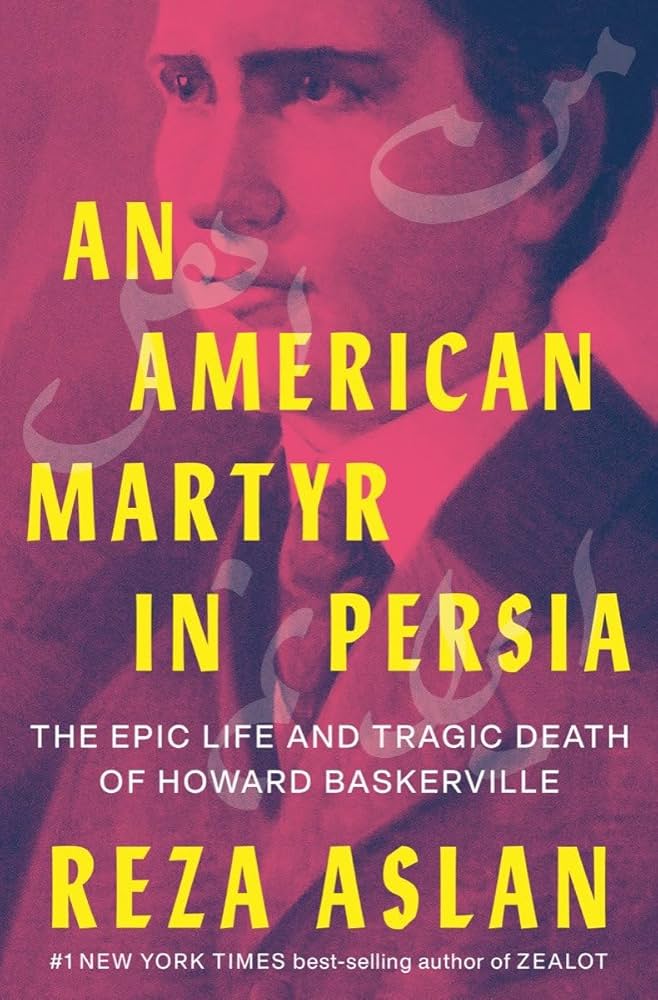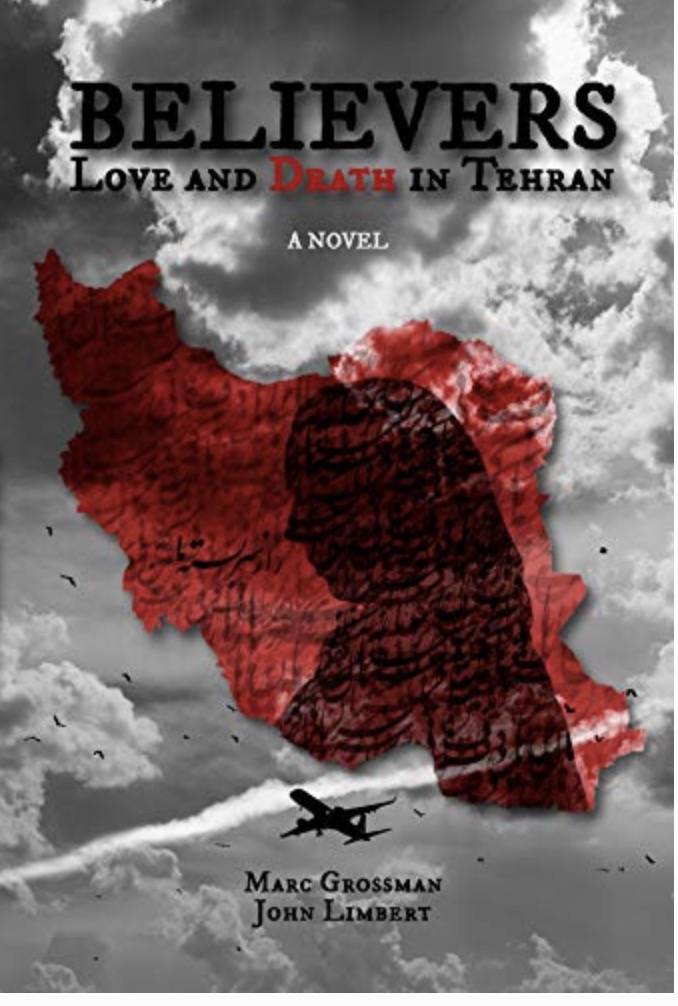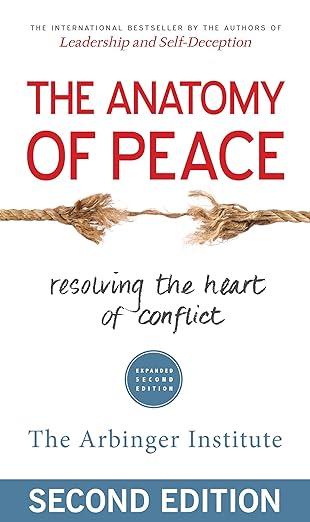Suggested Readings
Our Selected Readings from the Baskerville Institute that We Feel Promote Diplomacy of the Heart

An American Martyr in Persia
An American Martyr in Persia: The Epic Life and Death of Howard Baskerville
Reza Aslan
Offer your skills and time to support the nonprofit’s activities. Whether it’s helping at events, providing administrative support, or using your professional expertise, volunteering is a direct way to make a difference.

Believers: Love and Death in Tehran
Believers: Love and Death in Tehran
Marc Grossman & John Limbert
While she is working in Tehran, Alan Porter must stop the Americans ready to promote their private agendas through mass murder. Nilufar Hartman must evade Iran’s vicious secret police, deliver a message from America, convince a patriotic but suspicious group of Iranians to act, and once more manage a narrow escape from both Iran and her own memories.

An International Bibliography of the Iranian Diaspora
An International Bibliography of the Iranian Diaspora
H.E. Chehabi & Amir Sayadabdi
The Islamic Revolution of 1979 disrupted life for millions of Iranians and lead to the large numbers – from varied backgrounds — emigrating to dozens of foreign countries. This insightful bibliography provides a collection of vital information about the experiences of Iranian immigrants, the complexities of adjusting to new cultures and integrating into their adopted homelands. From exploring the unique aspects of the Iranians in Australia to studying Iranian Migrant Women’s Beauty Practices and Veiling in Belgium, this bibliography is an impressive source of valuable insights about the rich culture and influence of Iranians around the globe.

The Anatomy of Peace: Resolving the Heart of Conflict
The Anatomy of Peace: Resolving the Heart of Conflict
The Arbinger Institute
The Anatomy of Peace offers a powerful framework for resolving conflict by addressing its root cause—not in others, but within ourselves. The book presents its insights through a fictional narrative about parents, community leaders, and a group of counselors at a wilderness program for troubled youth. Through their discussions and personal journeys, readers learn how deeply held mindsets—specifically seeing others as objects rather than people—can fuel conflict at home, work, and in the world.
At the heart of the book is the idea that conflict doesn’t start with behavior, but with a “heart at war.” When we justify our own negative actions by dehumanizing others or adopting self-justifying stories, we perpetuate cycles of blame and hostility. True peace requires a “heart at peace”—a mindset in which we see others as people with hopes, fears, and needs as real as our own.
